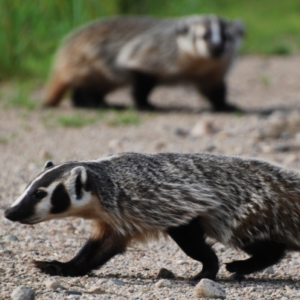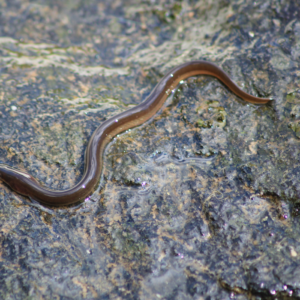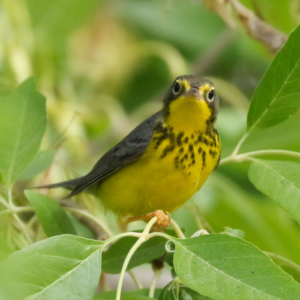Gray Fox
Have you ever heard of a fox that climbs trees? The Gray Fox is the only member of the dog family in North America that does. Save endangered species today by joining one of our campaigns!
Help End the ExtinctionVital Signs
- Common name: Gray Fox
- Latin name: Urocyon cinereoargenteus
- Conservation Status: Threatened
- Range: Manitoba, Ontario, Quebec
- Lifespan: Estimated 4-5 years
- Size: Average 136 cm in length. Male weight averages 4.1 kg, and female weight averages 3.6 kg
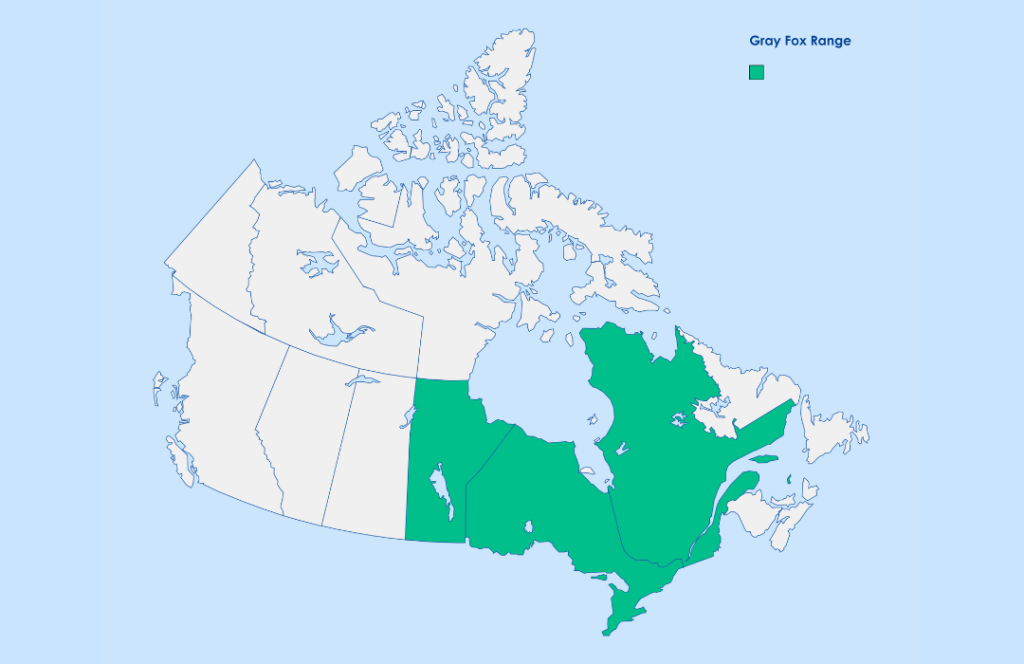
The Gray Fox has a short muzzle and legs, along with large, round toe pads. As you may have guessed from the name, the Gray Fox has grey fur. However, it also has red patches on its neck, sides, and legs, and a black stripe down its back and tail.
Gray Fox Facts
- Are omnivores, and fruit is considered an important part of their diet
- Gray Foxes live in small groups consisting of an adult male, female, and their kits
- Can climb trees using their hooked claws, and can rotate their ankle bones to help them climb back down
- Canada population seems to only breed in Northwestern Ontario and on Pelee Island
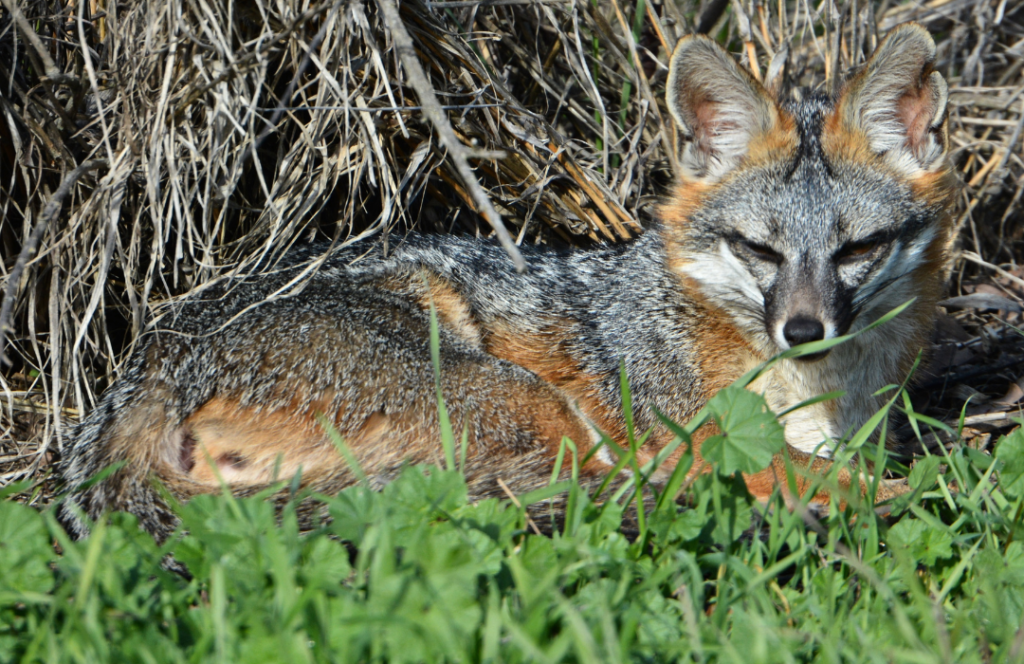
Threats
Strangely, there isn’t a clear reason for why the Gray Fox population declined in Canada. It’s thought that trapping is the main reason for their numbers staying so low. Car collisions and loss of forest cover are also thought to be threats.
What’s Being Done
Gray Foxes are protected under the Ontario Endangered Species Act (2008), which also protects the Gray Fox’s habitat. Hunting and trapping guidelines in Ontario and Quebec state that foxes trapped accidentally must be released if they’re alive.
The habitat on Pelee Island is protected under the Provincial Parks and Conservation Reserves Act.
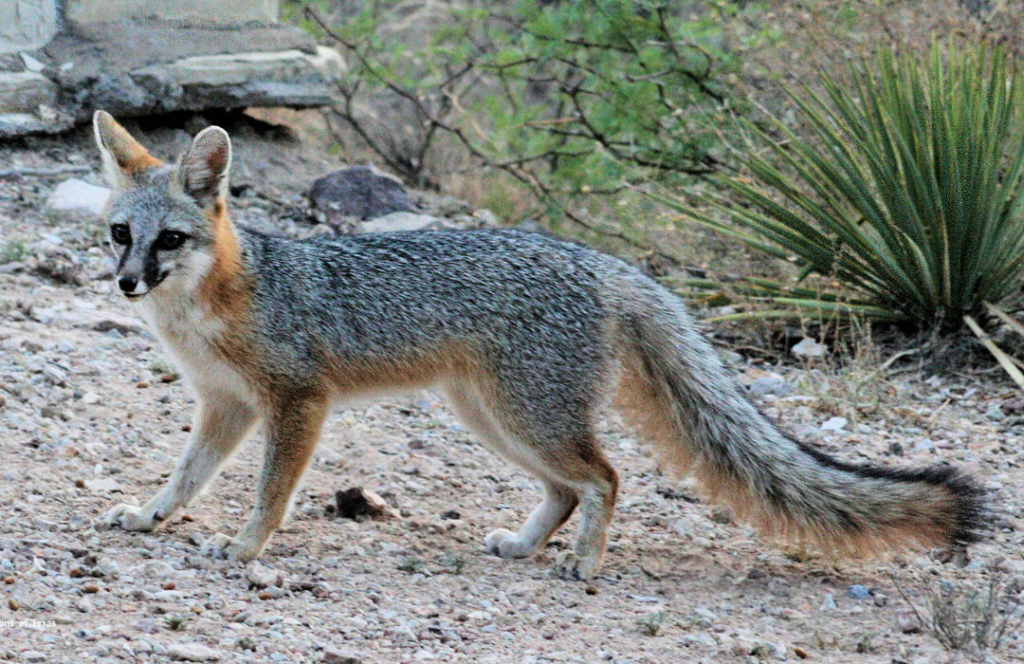
Canada has committed to the goal of protecting 30% of lands, ocean, and freshwater in Canada by 2030. This goal will help protect ecosystems, restore habitats, and fight climate change. All these things are a step in protecting Canada’s at-risk animals—so let’s hold the federal government to their promise.
How to Help
- Report Sightings: Fill out the Ministry of Natural Resources online form. Include photographs or coordinates if possible!
- Volunteer: Get involved with a local nature club, provincial park, or Nature Canada’s NatureHood program
- Be a good steward: What you do on your own property is important. You may be eligible for a habitat stewardship program which aids habitat recovery.
- Learn: Stay informed about endangered species by signing up for Nature Canada’s monthly e-newsletter.
- Find out more: Help us end the extinction by taking action for nature today—visit conservation websites like Nature Canada or join one of our campaigns!
Resources
- Canada Nature Conservancy – Gray Fox
- COSEWIC – Assessment and Status Report
- SARA – Species Profile

